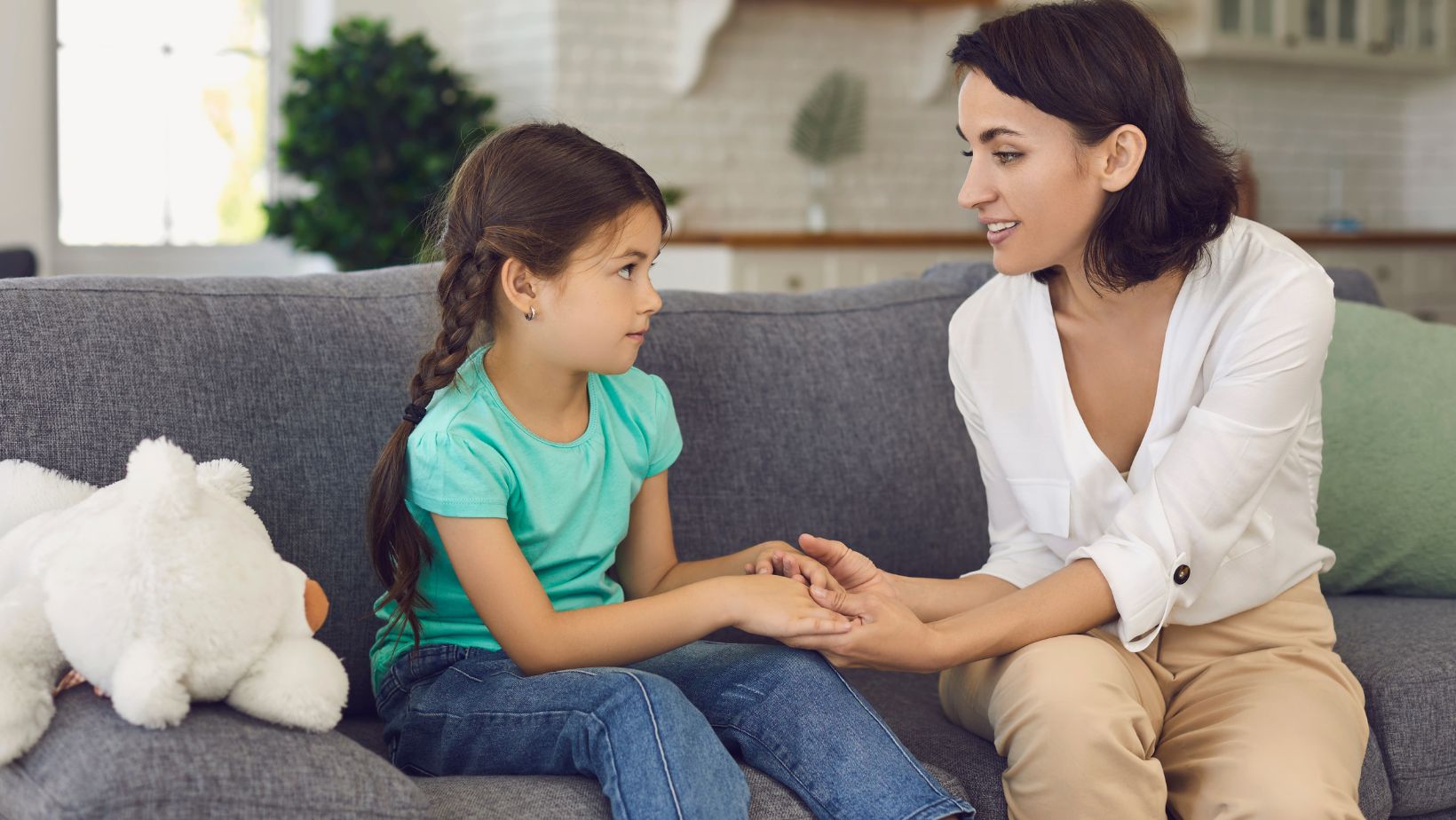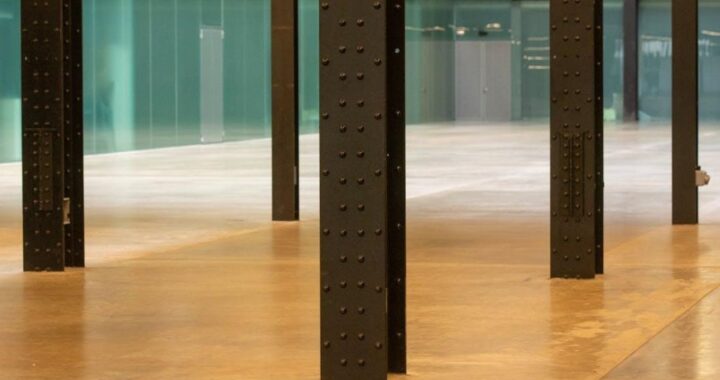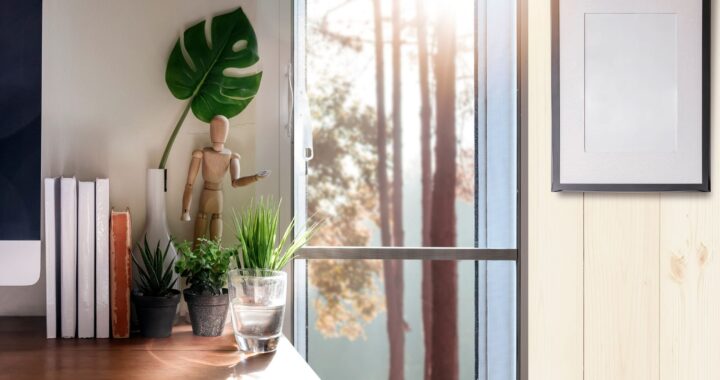Furniture Arrangement Tips for a Child-Friendly Home

Introduction
As a parent, creating a safe and welcoming home conducive to your children’s growth and development is a top priority. One important consideration is furniture arrangement – it can impact your child’s safety and comfort, as well as their creativity and imagination. In this blog post, we provide you with tips and recommendations for furniture and homeware placement that fosters a child-friendly environment.
Tips for arranging furniture in a child-friendly way
- Keep it spacious: A spacious home promotes movement and allows children to run around without bumping into furniture constantly. It also minimizes the risk of accidents and makes it easier to maintain a clean and orderly space.
- Create zones: Breaking down the room into different zones based on activities can help your child understand which areas are designated for what purpose. For instance, you could create a reading corner, play area, and dining space. This way, your child can associate each area with a specific task and learn to keep them neat.
- Invest in multi-functional furniture: Choose furniture that can serve multiple purposes, such as a storage unit for toys, a bookshelf, and a seat. This will enable you to declutter the room and maximize the available space for your child to move and play.
- Use soft furnishings: Furniture such as sofas and armchairs can be made more child-friendly by using soft furnishings such as throws, cushions, and rugs. Not only are these items more inviting, but they also create a safe and comfortable space for your child to play.
- Keep items at child level: Ensure that the room is organized in a way that makes items easily accessible to your child. This way, your child will feel empowered to complete small tasks such as putting away toys or getting a book off the shelf.
General Furniture Arrangement Tips
- Be mindful of corners: Sharp furniture corners can pose a hazard to children. Consider using rounded-edge furniture to avoid accidents and create a warm and inviting environment for your child.
- Avoid clutter: Clutter can make children feel overwhelmed and make it harder for them to focus on specific activities. Ensure that there is enough storage space to keep toys and other items neat.
- Encourage natural light: Natural light promotes good mental health and well-being in children, as well as allowing them to see details and colors more clearly. Keep windows unobstructed, and consider adding curtains or blinds to diffuse the light.
- Keep cables hidden: Exposed electrical cords can be a hazard to children, who are naturally curious and tend to explore their environment. Tuck cords and wires behind furniture or invest in cable management systems to keep them out of reach.
- Keep the furniture in proportion to the room: Choose furniture that fits the scale of your child’s room. Oversized furniture can make the room feel cramped and inhibit your child’s movement.
Home Corner Design Tips
A home corner is a designated space in your child’s room where they can engage in imaginative play by imitating adult activities such as cooking, cleaning, and caring for a baby. The following tips can help you create a stimulating home corner environment that your child will enjoy:
- Use realistic furnishings: Furnish the home corner with furniture and equipment that your child will recognize and associate with adult activities. This can include a small kitchen, laundry station, play sink, and a baby crib.
- Incorporate color and texture: Use colorful and textured fabrics to create a cozy and inviting environment that your child will want to spend time in. You could use soft rugs, curtains, and cushions that create a comfortable space for your child to explore.
- Provide ample storage: Ensure that your child’s home corner has plenty of storage for toys, dishes, utensils, and other small items that your child will need to play. This will help them learn how to organize and clean up after their activities.
- Use child-proof accessories: Choose safe accessories and child-friendly such as plastic plates and utensils, soft toys, and unbreakable cups. This will give your child the freedom to explore and play without worrying about accidental breaks or cuts.
- Add finishing touches: Little details such as a vase of flowers, a framed picture or artwork, or a soft lamp can make your child’s home corner feel more lived-in and loved. It also adds an emphasis to your child’s development by making them feel a sense of ownership and pride in the space.
Furniture and Homeware Recommendations
When deciding on furniture and homeware for your child’s room, it’s important to consider durability, safety, and comfort. Here are some suggestions that meet these criteria:
- Choose sturdy furniture: Kids can be rough on furniture, so it’s important to choose pieces that can withstand the wear and tear of your child’s activities. Look for solid wood, metal, or plastic that can take a beating.
- Opt for non-toxic materials: Some furniture and homeware can off-gas toxic chemicals that can be harmful to your child’s health. We recommend choosing non-toxic materials such as organic cotton, wool, and FSC-certified wood.
- Select soft furnishings: Invest in soft furnishings that make the space more comfortable and inviting for your child. This can include bedding, rugs, cushions, and throws made of organic, hypoallergenic materials.
- Buy adjustable furniture: Adjustable furniture is designed to grow with your child so they can continue to use it even as they get older. For instance, you could invest in a convertible crib that can be turned into a toddler bed or an adjustable-height desk and chair that can adjust as your child grows.
- Purchase from reputable brands: Make sure to purchase furniture and homeware from reputable brands that use safe materials and have a good reputation for quality and safety. Some recommended brands are IKEA, Pottery Barn Kids, Crate and Kids, and Monte Design.
Tips for enhancing furniture safety
Even the safest furniture can pose a danger to children if it’s not used correctly. Here are some tips to enhance furniture safety in your child’s room:
- Use wall anchors: Secure furniture to the walls to prevent tipping over, especially tall pieces such as bookcases and dressers.
- Keep choking hazards at bay: Remove small objects and toys that pose a choking hazard from your child’s room. Also, ensure that any breakable objects or decor items are kept out of reach.
- Cover outlets: Ensure that your child’s room has child-proof outlet covers to prevent electrical accidents.
- Secure cords and wires: Keep all cords and wires out of reach, and use tie straps to secure them in place.
- Regular inspection: It’s important to regularly inspect your child’s furniture for any wear and tear or problems that may pose a hazard to your child.
Conclusion
In conclusion, creating a child-friendly home involves careful consideration of furniture and homeware placement, safety, and comfort. When arranging furniture in your child’s room, keep in mind their age, size, and activities. A spacious and functional room with plenty of natural light, safe furniture, and non-toxic homeware can encourage your child to explore, play, and learn. A cozy home corner with realistic furnishings and ample storage can ignite their imagination and creativity while helping them learn important life skills. By following the tips and recommendations we’ve provided in this blog post, you can create a safe, comfortable, and stimulating environment for your child to thrive in.



 Essential Tips for Transforming Metal Buildings into Functional Spaces
Essential Tips for Transforming Metal Buildings into Functional Spaces  Boost Productivity: The Most Plants to Elevate Your Home Office Space
Boost Productivity: The Most Plants to Elevate Your Home Office Space  Transform Your Living Room Into a Luxurious Home Theatre on a Budget
Transform Your Living Room Into a Luxurious Home Theatre on a Budget